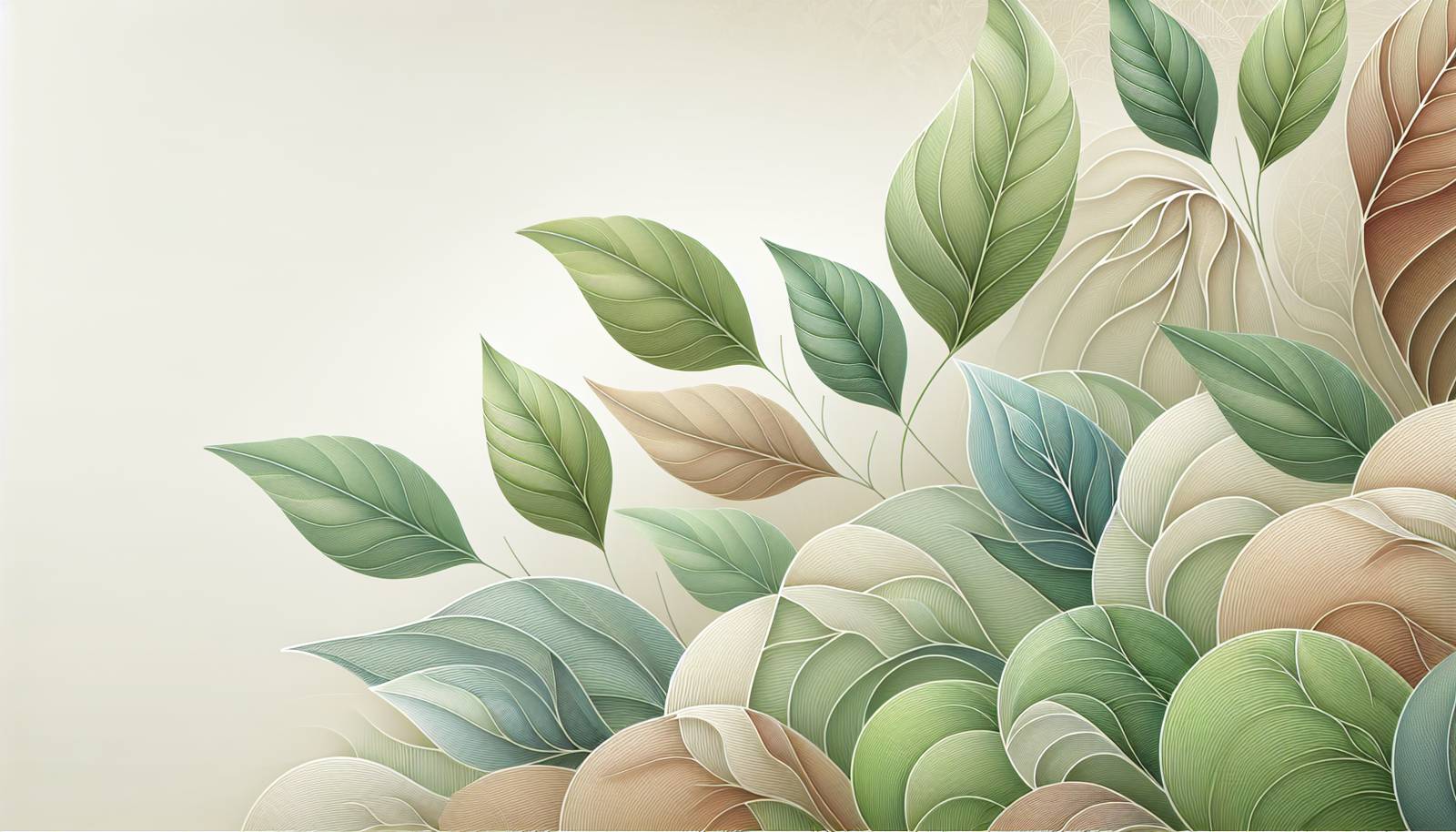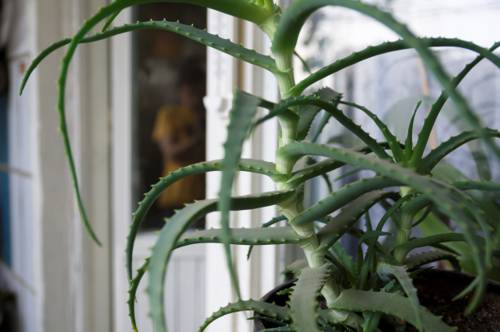
FAQ About Indoor Plant Aging Effects

How does aging affect the growth of indoor plants?
Aging in indoor plants typically results in slower growth rates. As plants mature, their cellular processes gradually decelerate, which can lead to less vigorous foliage expansion and slower development compared to their younger counterparts. This is a natural part of a plant's lifecycle and can vary significantly between species.

What are common signs of an indoor plant aging?
Common signs of aging in indoor plants include changes in leaf color, such as fading or yellowing, reduced flowering, slower growth, and an increased tendency for leaves to drop. Additionally, the stems of older plants may become woody or more rigid, indicating a more mature plant structure.

Do aging indoor plants have different care needs?
Yes, aging indoor plants often require different care than younger plants. For instance, they may need less frequent watering, as their growth rate slows and their need for nutrients diminishes. Adjustments in pruning techniques may also be necessary to encourage new growth and maintain a healthy structure.

Can the appearance of indoor plants change as they age?
As indoor plants age, their appearance can indeed change. Leaves may become smaller, less vibrant, and may exhibit yellowing or browning around the edges. The plant's overall shape may also become more leggy or sparse if not pruned regularly to encourage bushier growth.

How can I prolong the vitality of my aging indoor plants?
To prolong the vitality of aging indoor plants, provide consistent but appropriate watering, ensure they receive sufficient light, and apply fertilizers designed for mature plants. Regular pruning can also rejuvenate growth, while re-potting every few years can refresh the soil and provide more room for root expansion.

Is re-potting necessary for aging indoor plants?
Re-potting can be beneficial for aging indoor plants as their roots can become bound, limiting nutrient and water uptake. Providing fresh soil and a slightly larger pot can help improve plant health by encouraging new root growth and improving soil aeration.

Do indoor plants require more or less light as they age?
Aging indoor plants do not necessarily require more or less light simply due to aging, but they do need consistent, appropriate lighting to maintain health. It's important to observe individual plant responses and adjust their exposure to avoid overexposure or light deficiency, which can exacerbate aging signs.

How does pruning affect aging indoor plants?
Pruning is vital for maintaining the health and appearance of aging indoor plants. It helps remove dead or dying leaves and branches, which can improve air circulation and light penetration. Pruning can also stimulate new growth, keeping the plant looking full and vibrant.

Are there specific fertilizers recommended for aging indoor plants?
Mature indoor plants often benefit from fertilizers that are lower in nitrogen but higher in phosphorus and potassium to support root development and overall health. Organic fertilizers, such as compost or worm castings, can be particularly beneficial for aging plants as they provide a slow release of nutrients.

Can aging indoor plants still flower or produce fruit?
Aging indoor plants can still flower and produce fruit, although the frequency and intensity may diminish over time. Proper care, including adequate light, nutrients, and the right environmental conditions, can encourage flowering and fruiting even in older plants.

What impact does temperature have on aging indoor plants?
Temperature can significantly influence the health of aging indoor plants. Older plants may be less resilient to extreme temperature changes, so maintaining a consistent and suitable temperature range is crucial. Avoid placing them near direct heat sources or cold drafts, which can stress the plant.

Why do older indoor plants sometimes drop more leaves?
Older indoor plants may drop more leaves as a natural part of aging. Leaf drop can also occur due to environmental stressors such as incorrect watering, low humidity, or inadequate light. Identifying and modifying these stressors can help reduce leaf drop in aging plants.

How can I detect if my indoor plant is stressed due to aging?
Signs of stress in aging indoor plants include wilting, discoloration of leaves, stunted growth, and increased susceptibility to pests and diseases. Close monitoring and timely adjustments in care can help alleviate stress and promote healthier plant aging.

What are some common diseases affecting aging indoor plants?
Aging indoor plants can be more susceptible to diseases such as root rot, powdery mildew, and fungal infections due to weaker immune systems. Proper care, including correct watering practices and ensuring good air circulation, can prevent many of these issues.

Are there indoor plant species that age better than others?
Some indoor plant species are known to age more gracefully than others. Plants like the snake plant, pothos, and peace lily are renowned for their durability and ability to maintain appearance and health as they mature, provided they receive appropriate care.

How can I encourage new growth in an old indoor plant?
To encourage new growth in an older indoor plant, regularly prune back overgrown branches and leaves, ensuring the plant has access to sufficient light. Fertilizing with a balanced or growth-specific formula may also stimulate new growth by providing essential nutrients.

What role does humidity play in maintaining old indoor plants?
Humidity is crucial for maintaining the health of old indoor plants, as it impacts water loss through leaves. Aging plants may benefit from a higher humidity environment, which can help prevent leaf browning and promote healthier growth. Humidifiers or pebble trays can help increase humidity levels.

How does root health affect aging indoor plants?
Root health is fundamental to the overall well-being of aging indoor plants. Compacted or bound roots can limit nutrient uptake, leading to stunted growth and increased vulnerability to disease. Regular checking and re-potting can ensure roots remain healthy as the plant ages.

What are some effective methods to reduce stress on aging indoor plants?
Effective methods to reduce stress on aging indoor plants include maintaining consistent care routines, ensuring proper light, water, and nutrient levels, and avoiding sudden environmental changes. Regular inspection for pests and diseases, coupled with timely intervention, can also mitigate stress factors.

Can propagation be a solution to rejuvenating aging indoor plants?
Propagation can indeed be a solution for rejuvenating aging indoor plants. By taking healthy cuttings from the parent plant, you can cultivate new, vigorous plants. This technique can enable gardeners to preserve their cherished indoor plants while giving rise to new life and vitality.
